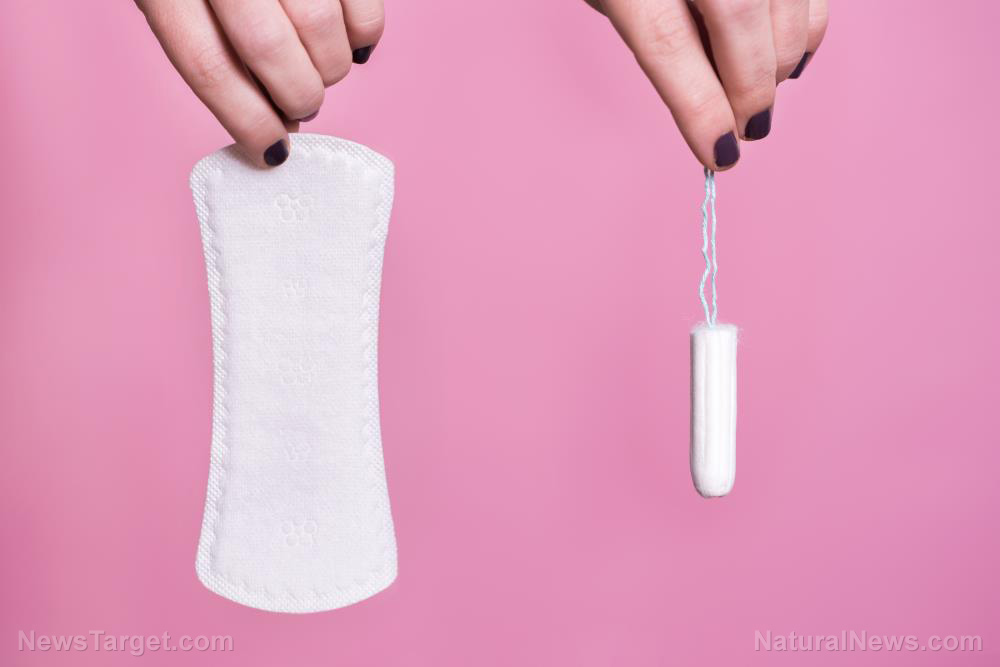Popular air fresheners can cause major HEALTH PROBLEMS for humans breathing them in, studies claim
11/14/2022 / By S.D. Wells

What emanates in your home may be burning down your health, slowly and methodically, and many consumers don’t even realize it until it’s too late. Chemicals in candles, air fresheners (including plug-ins), deodorants, aerosols, and smell-fresh sprays can intoxicate the atmosphere, enter the lungs, and cause chronic damage throughout the body, over time, say new studies.
For example, phthalates are a family of synthetic, industrial chemicals used to soften plastic, as solvents in cosmetics, and in scented sprays and air sanitizers to make them last longer. Problem is, they can make the lifetime shorter for those who inhale them on a regular basis. Here’s how.
Recent studies in human populations confirm adverse impacts on humans from repeated phthalate exposure, including problems with neurodevelopment, IQ, attention, hyperactivity, and poorer social communication. Long term effects of phthalate intake include damage to the lungs, kidneys, liver, and reproductive system. Bottom line is that exposure adds up, and consumers end up overwhelming their cleansing organs to the point that cancer moves in and takes over the damaged tissue.
In fact, hazardous phthalates are found in more than 70 percent of personal care products worldwide. They can disrupt hormones, cause reproductive harm, and increase risk of miscarriage.
Consumers should actively limit their exposure to the chemicals found in most ‘corporate-made’ air fresheners, candles, and sprays
Did you know that petroleum-based, scented candles can contain formaldehyde, the chemical used to embalm dead people? Are you slowly embalming yourself while still alive, in your home, automobile, and office? You might be sucking in parabens, phthalates, formaldehyde, and other known carcinogens with every breath you take, all day and sometimes all night.
Start by checking the ingredients in every candle, spray, and air freshener you have right now, and throw them out if you find these chemicals. Do not buy any new ones. There are plenty of healthy choices for all of these, including buying essential oils and making your own air fresheners and linen sprays, using filtered water and a little rubbing alcohol.
Many popular air fresheners have been found to contain phthalates, among other big ‘no-no’ ingredients to watch out for.
The air in many homes, offices, vehicles, and waiting rooms is often loaded with toxins that cause severe asthma, allergies, headaches, brain fog, and eventually cancer
Ever walk into a room or get in someone’s vehicle and all the sudden you can’t breathe right? It’s overwhelming, almost immediately, and that’s your lungs telling you ‘get out of there!’ Within minutes, many people, especially those with asthma and/or allergies to fragrances, flowers, and pollen, will suddenly become claustrophobic and a bit panicky. The chemicals in many fragrances and air fresheners are synthetic and overblown to sell consumers on the scent. Especially during the upcoming holidays, entire homes and offices will reek from pumpkin spice, pine scents, cookie smells, cloves, citrus, and the list goes on.
Lung infections, including chemical pneumonia, can develop from inhaling toxins and poisons over time. The inflammation of lung tissue becomes chronic, and if not addressed by greatly reducing or eliminating the ingestion of those toxins, can become deadly. From liquids and gases to small particles and fumes, air fresheners and candles can easily contribute to lung infections that may be caused by viruses and/or bacteria. Signs and symptoms of lung infection include constant coughing, burning eyes, sneezing, wheezing, confusion, and anxiety attacks.
Tune your internet dial to NaturalMedicine.news for tips on how to detoxify your body from the chemicals in certain candles and air fresheners that can cause cancer, diabetes, and dementia.
Sources for this article include:
Submit a correction >>
Tagged Under:
air fresheners, chemicals, clean air, Dangerous, disease causes, formaldehyde, fragrance, indoor air, ingredients, parabens, phthalates, products, toxic candles, toxic sanitizers, toxic scents, toxic spray, toxins
This article may contain statements that reflect the opinion of the author
RECENT NEWS & ARTICLES
COPYRIGHT © 2017 INGREDIENTS NEWS




















